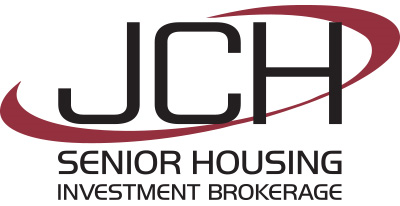Assisted Living Waiver Program in California
Assisted
Living waiver programs, which bring Medicaid reimbursement to the Assisted Living
model, are common place in the majority of the states in the US. Over the last ten years, California has been
working towards implementing their own Medicaid program for Assisted Living
facilities.
What Is an Assisted Living
Waiver?
The Assisted Living Waiver (ALW) is a Home and Community-Based
Services (HCBS) waiver that was created by legislation that directed the
California Department of Health Care Services (DHCS) to develop and implement
the project to test the efficacy of Assisted Living facilities as a Medi-Cal
benefit.
The pilot program was determined to be successful during the first three years in a limited trial in three counties. In March 2009, the Centers for Medicare and Medicaid Services approved a waiver renewal for an additional five years and expanded the program into additional counties. A five-year waiver renewal was effective March 1, 2014.
Who Is Eligible for An Assisted Living
Waiver?
To be eligibleto receive services as an ALW
Participant, an individual must meet all of the following ALW eligibility
criteria:
- Age 21 or older;
- Have full-scope Medi-Cal eligibility with zero share of cost;
- Have care needs equal to those of Medi-Cal-funded residents living
and receiving care in Nursing Facilities;
- Willing to live in an Assisted Living setting as an alternative to
a Nursing Facility;
- Able to reside safely in an Assisted Living facility or public
subsidized housing;
- Willing to live in an Assisted Living setting located in one of
the following counties providing ALW services: Alameda, Contra
Costa, Fresno, Kern, Los Angeles, Orange, Riverside,
Sacramento, San Bernardino, San Diego, San Francisco, San Joaquin, San
Mateo, Santa Clara, and Sonoma counties.
What Is the Goal of The Assisted Living
Waiver?
1) Facilitate a safe and timely transition of Medi-Cal eligible
seniors and persons with disabilities from a Skilled Nursing Facility (SNF) to
a community home-like setting in a Residential Care Facility for the Elderly (RCFE), an
Adult Residential Care Facility (ARF), or public subsidized housing,
utilizing ALW services; and
2) Offer eligible seniors and persons with disabilities, who
reside in the community, but are at risk of being institutionalized, the
option of utilizing ALW services to develop a program that will safely meet
his/her care needs while continuing to reside in a RCFE, ARF, or public
subsidized housing.
Under the California ALWP, residents are able to combine their supplement
security income with the Medi-Cal benefits creating the rates sited below. The
CA system has a 4-tier system depending on the residents’ acuity level.
Here is
an example of the 2017-tiered system in California:
Tier
Level Monthly ALWP Rate Monthly SSI Rate Total Monthly Reimbursement
1 $1,673 $1,102 $2,775
2 $2,008 $1,102 $3,009
3 $2,281 $1,102 $3,383
4 $2,646 $1,102 $3,748
In
general Medicaid waiver programs represent a large savings for the state, given
the same care provided in a Skilled Nursing setting will likely be twice as
much as that provided in an Assisted Living setting. While the majority of Assisted
Living operators will remain in the private pay model, this program is an
excellent source of residents and income for facilities in less affluent areas
and those with older physical plants. Overall this is a great program for Assisted
Living Facilities in California.
Stay Informed with
The JCH Group
The JCH Senior Housing Investment Brokerage
serves as a premiere brokerage in the senior housing industry. We have designed,
negotiated and closed hundreds of transactions. From independent living
facilities to skilled nursing facilities, we are your experts for the perfect
senior housing investment.
For your free valuation or for more information,
speak to a JCH investment specialist today!
